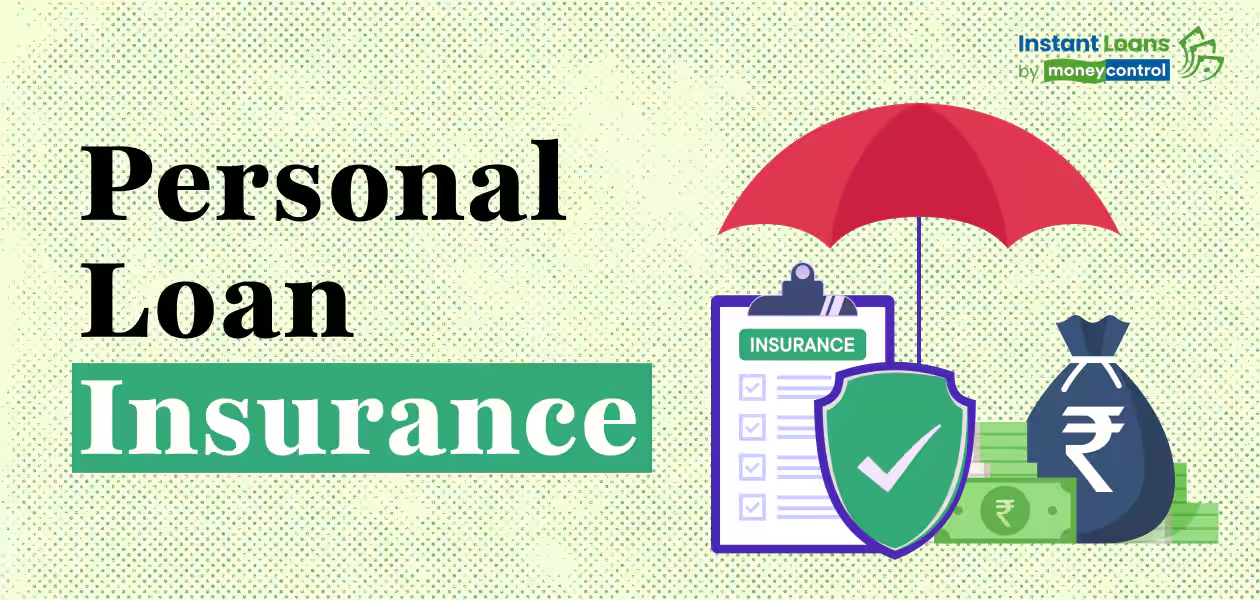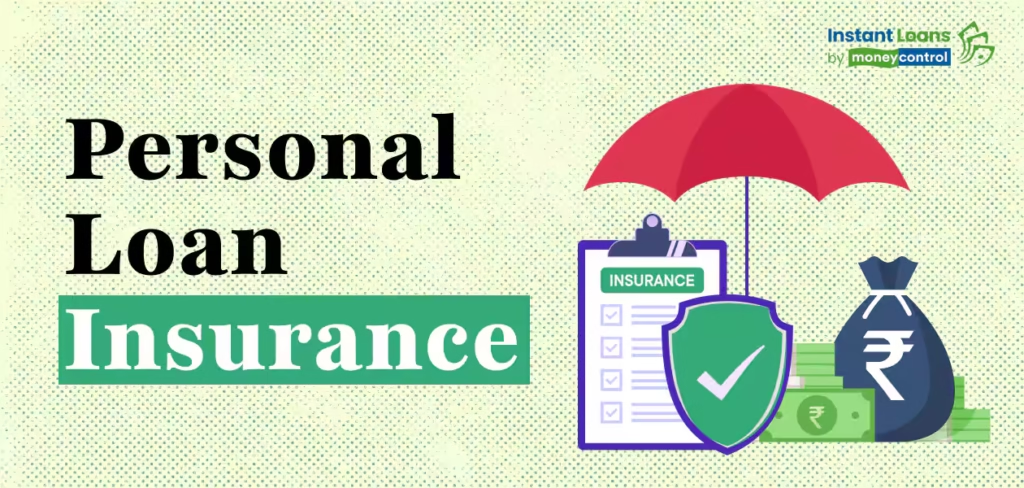Low-Interest Loan Insurance: How to Protect Your Loan Without Breaking the Bank
When taking out a loan, managing the interest rate is often a top priority. But equally important—yet sometimes overlooked—is protecting that loan with insurance coverage. Low-interest loan insurance combines affordability with financial security, ensuring your loan repayments are covered in case of unexpected events like illness, job loss, or death, without adding a hefty cost.
In this article, we’ll explore what low-interest loan insurance is, why it matters, and how to find the best affordable coverage for your needs.
What is Low-Interest Loan Insurance?
Loan insurance (also called payment protection insurance or loan protection insurance) covers your loan repayments if you’re unable to pay due to unforeseen circumstances such as:
- Disability
- Unemployment
- Critical illness
- Death
Low-interest loan insurance refers to policies or insurance add-ons that come with lower premiums or lower additional interest costs, making the protection more affordable.
Why Opt for Low-Interest Loan Insurance?
1. Cost-Effective Financial Protection
A low-interest loan insurance plan ensures your repayments are covered without significantly increasing your overall loan costs.
2. Peace of Mind Without High Premiums
Some loan insurance policies can be expensive, discouraging borrowers from buying coverage. Low-interest options strike a balance between cost and protection.
3. Supports Loan Approval
Lenders often favor insured loans because the risk of default is reduced, which sometimes leads to better loan terms.
How Low-Interest Loan Insurance Works
When you apply for a loan, you can choose to add loan insurance. Instead of paying a high premium upfront or adding substantial extra interest to your loan, low-interest loan insurance keeps these costs minimal. The insurance premiums might be:
- Added as a small percentage to your monthly EMIs
- Paid as a one-time nominal fee
- Built into the loan interest rate as a minor increment
Who Should Consider Low-Interest Loan Insurance?
- First-time borrowers who want to avoid financial risk
- Individuals with variable or unstable income
- People with dependents who want to ensure debt protection
- Borrowers with existing health conditions who might find standard insurance expensive
Tips to Find the Best Low-Interest Loan Insurance Plans
1. Compare Multiple Lenders
Insurance premiums and interest increments vary widely, so shopping around is key.
2. Understand the Coverage
Sometimes cheaper premiums mean limited coverage or longer waiting periods. Ensure the plan covers the risks you care about.
3. Check Claim Settlement Ratios
Opt for insurers or banks with high claim approval rates and transparent processes.
4. Negotiate or Bundle
Ask your lender if bundling insurance with your loan lowers the overall interest rate.
Popular Providers Offering Affordable Loan Insurance (Examples)
| Provider | Coverage Type | Approximate Cost | Key Feature |
|---|---|---|---|
| AIG | Life & Disability | Low monthly premium | Easy online claims |
| State Farm | Payment Protection Plans | Small interest increment | Multiple add-on options |
| HDFC Bank (India) | Personal Loan Insurance | One-time nominal fee | Widely accessible |
| Barclays (UK) | Payment Protection Insurance (PPI) | Variable by loan amount | Flexible terms |
Important Considerations
- Read policy details carefully: Low cost shouldn’t come at the expense of necessary coverage.
- Check for exclusions: Many policies exclude pre-existing conditions or voluntary unemployment.
- Review renewal terms: Some plans increase premiums after the first year.
- Ask about waiting periods: There might be a gap before the insurance kicks in.
Conclusion
Low-interest loan insurance offers an affordable way to protect your loan and financial wellbeing. It’s a practical choice for those who want to minimize risks without paying high premiums or interest rates. By carefully comparing options and understanding the policy details, you can find a plan that fits your budget and needs.
Before purchasing, always review the terms and consult a financial advisor to ensure you’re making the best choice for your situation.


